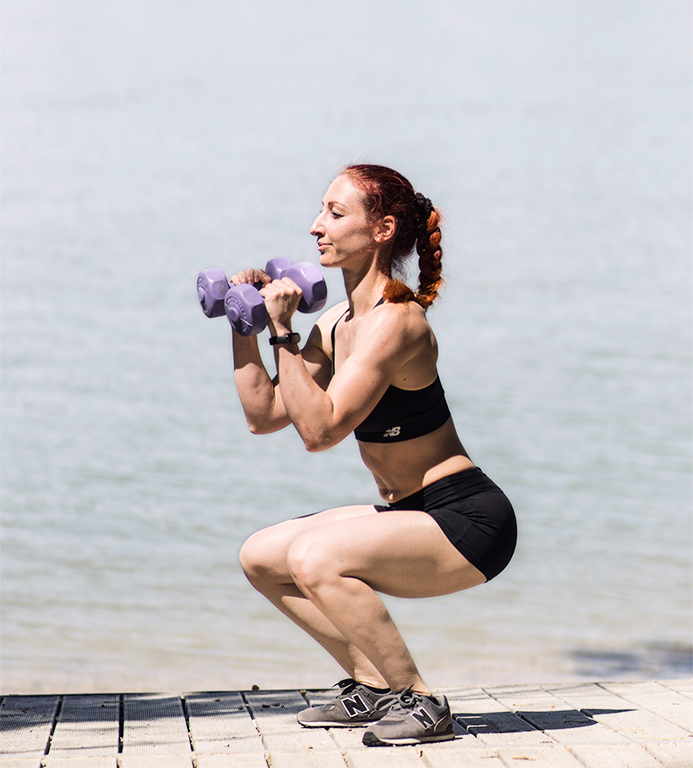
CARDIOVASCULAR TRAINING
Cardiovascular endurance, or aerobic fitness, is how well your heart and lungs can supply the oxygen you need while you exercise at medium to high intensity. If you have good cardiovascular endurance, you can exercise at medium intensity for a long time before it makes you tired. This is because your body is able to keep getting the oxygen it needs during exercise.
Cardio can support fat lossbut should not overshadow the importance of resistance training.
Benefits of cardio training
- Improving your cholesterol and blood pressure levels
- Reduction of body fat and maintenance of body fat levels within healthy ranges
- Decreased risk of CHD, type 2 diabetes and other diseases
- Increasing feelings of emotional well-being
- Improving brain function

WEIGHT TRAINING
Weight training is a primary form of strength training that uses weights for resistance. It helps build muscle strength and power using free weights (barbells and dumbbells), bodyweight exercises, resistance bands, or weight machines.
Effective weight training requires proper technique. Focus on key movement patterns.
Benefits of weight training
- Builds muscle
- Burns body fat
- Strengthens your bones and joints
- Reduces risk of injury
- Can improve heart health
- Improving functional fitness

FLEXIBILITY TRAINING
Flexibility is important for everyday life. Flexibility exercises are activities that improve the ability of a joint to maintain the movement necessary for carrying out daily tasks and physical activity.
Benefits of flexibility training
- Improve your performance in physical activities
- Decrease your risk of injuries
- Help your joints move through their full range of motion
- Improve your ability to do daily activities
- Increase muscle blood flow